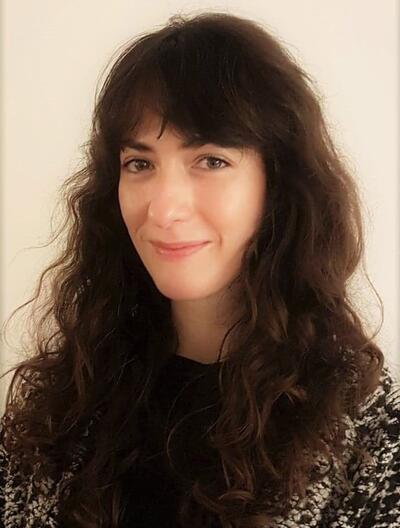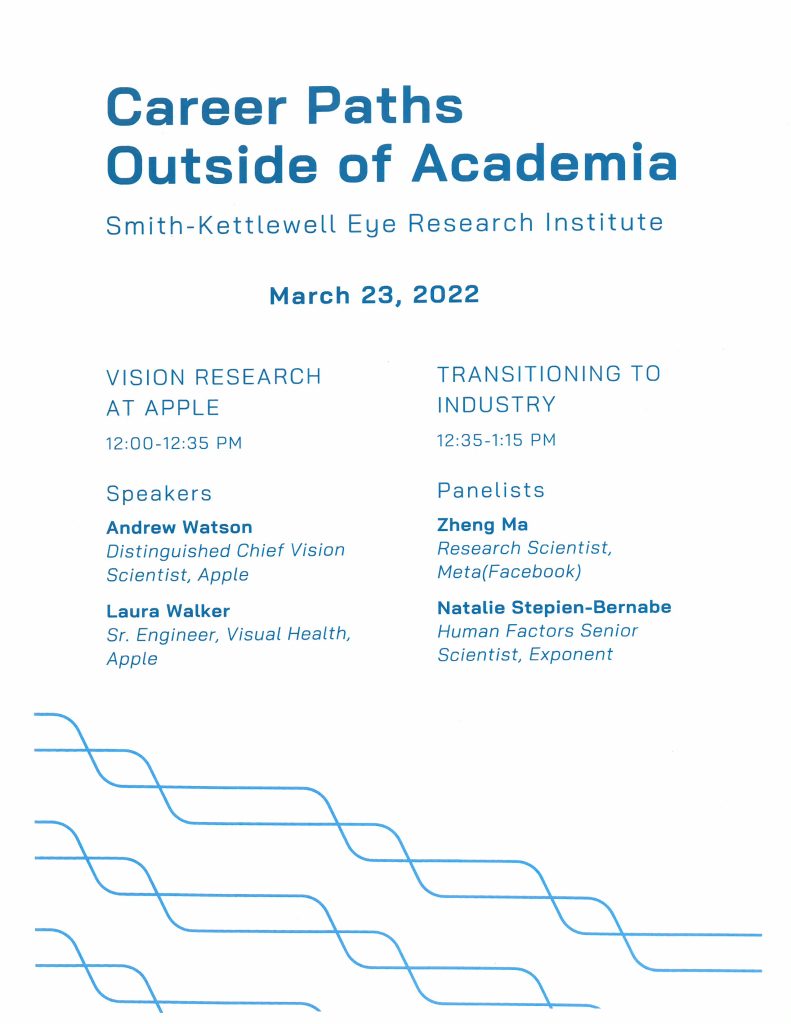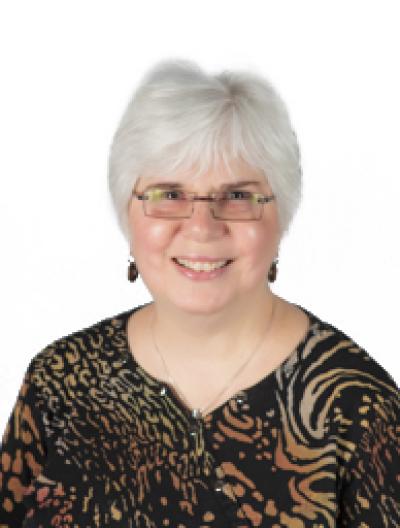Abstract – When Isaac Newton developed calculus in the 1600s, he was trying to tie together math and physics in an intuitive, geometrical way. But over time math and physics teaching became heavily weighted toward algebra, and less toward geometrical problem solving. However, many practicing mathematicians and physicists will get their intuition geometrically first and do the algebra later. Joan Horvath and Rich Cameron’s upcoming book, Make:Calculus, imagines how Newton might have used 3D printed models, construction toys, programming, craft materials, and a dash of electronics to teach calculus concepts intuitively. The book uses as little reliance on algebra as possible while still retaining enough to allow comparison with a traditional curriculum. The 3D printable models are written in OpenSCAD, the text-based, open-source CAD program. The models will be released in an open source repository when the book is published, and are designed to be edited, explored, and customized by teachers and learners. Joan and Rich will also address how they think about the tactile storytelling of their models. They hope their work will make calculus more accessible, in the broadest sense of the word, to enable more people to start on the road to STEM careers. Joan Horvath and Rich Cameron are the co-founders of Pasadena-based Nonscriptum LLC, 3D printing and maker tech consultants, trainers, and authors. Eight previous books include Make: Geometry, which developed a similar repository of models for middle and high-school math in collaboration with the SKI “3Ps” project. They have also authored popular LinkedIn Learning courses on additive manufacturing, and run several related (currently virtual) Meetup groups. Improving Zoom accessibility for people with hearing impairments People with hearing impairments often use lipreading and speechreading to improve speech comprehension. This approach is helpful but only works if the speaker’s face and mouth are clearly visible. For the benefit of people with hearing impairments on Zoom calls, please enable your device’s camera whenever you are speaking on Zoom, and face the camera while you speak. (Feel free to disable your camera when you aren’t speaking.) Abstract:When Isaac Newton developed calculus in the 1600s, he was trying to tie together math and physics in an intuitive, geometrical way. But over time math and physics teaching became heavily weighted toward algebra, and less toward geometrical problem solving. However, many practicing mathematicians and physicists will get their intuition geometrically first and do the algebra later. Joan Horvath and Rich Cameron’s upcoming book, Make: Calculus, imagines how Newton might have used 3D printed models, construction toys, programming, craft materials, and a dash of electronics to teach calculus concepts intuitively. The book uses as little reliance on algebra as possible while still retaining enough to allow comparison with a traditional curriculum.The 3D printable models are written in OpenSCAD, the text-based, open-source CAD program. The models will be released in an open source repository when the book is published, and are designed to be edited, explored, and customized by teachers and learners. Joan and Rich will also address how they think about the tactile storytelling of their models. They hope their work will make calculus more accessible, in the broadest sense of the word, to enable more people to start on the road to STEM careers.Joan Horvath and Rich Cameron are the co-founders of Pasadena-based Nonscriptum LLC, 3D printing and maker tech consultants, trainers, and authors. Eight previous books include Make: Geometry, which developed a similar repository of models for middle and high-school math in collaboration with the SKI “3Ps” project. They have also authored popular LinkedIn Learning courses on additive manufacturing, and run several related (currently virtual) Meetup groups.Hacker CalculusImproving Zoom accessibility for people with hearing impairments People with hearing impairments often use lipreading and speechreading to improve speech comprehension. This approach is helpful but only works if the speaker’s face and mouth are clearly visible. For the benefit of people with hearing impairments on Zoom calls, please enable your device’s camera whenever you are speaking on Zoom, and face the camera while you speak. (Feel free to disable your camera when you aren’t speaking.)










